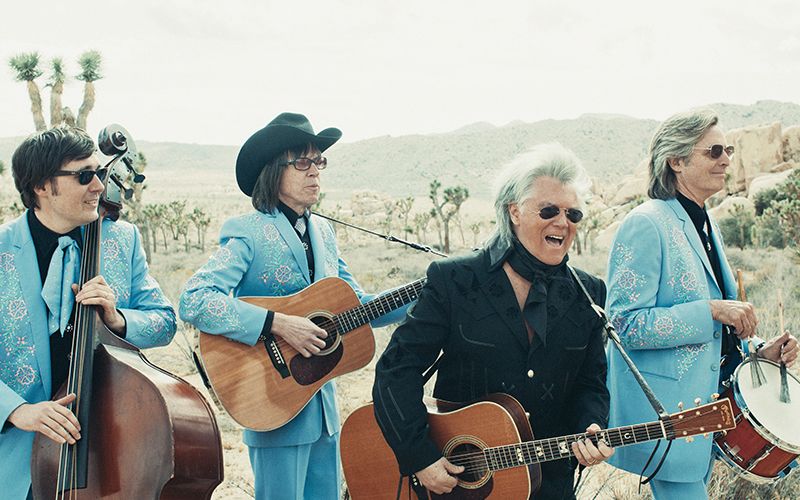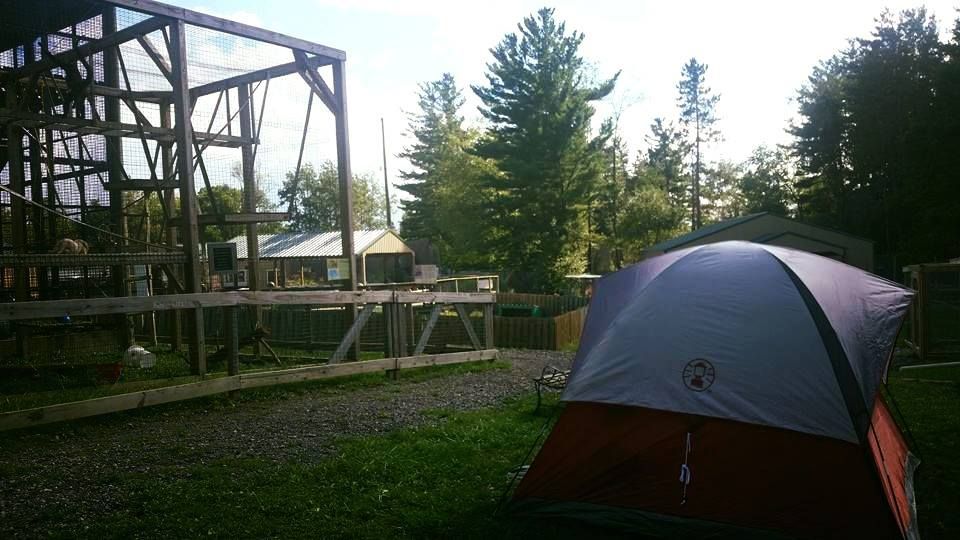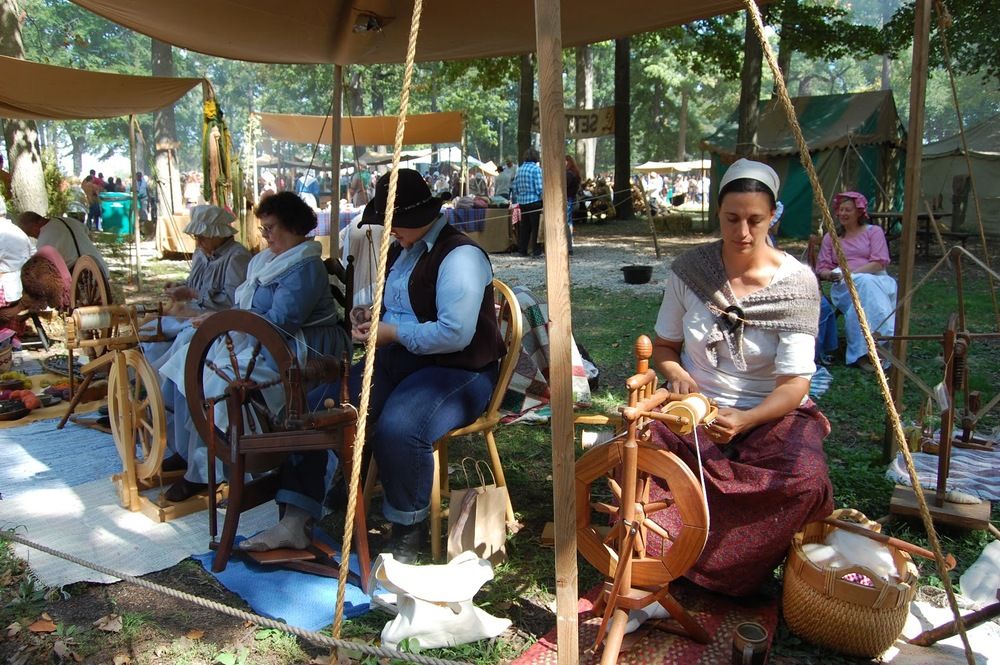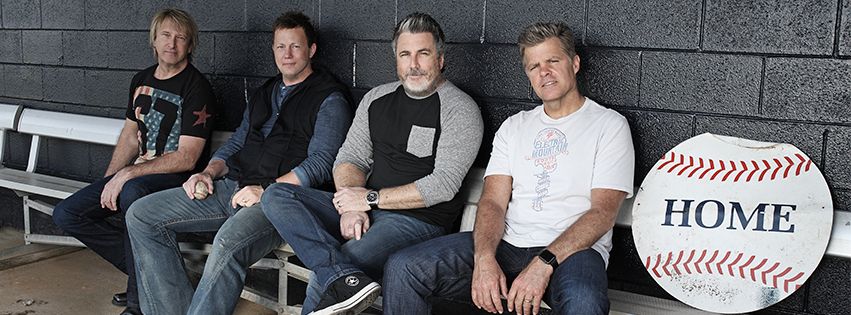There’s no musical genre in which tradition plays a bigger role than country music, and the latest projects from both Marty Stuart and Lee Ann Womack dive neck-deep into tradition, mining the genre’s history for inspiration. Both artists revisited legendary American-music haunts as they recorded their new albums, and they turned their creative gazes backward as they prepared material for the projects.
For Stuart, the inspiration for Way Out West came from his childhood dreams in Mississippi, when he immersed himself in the romance of California. The longing for the golden-toned image of the West enthralled many a kid in the ’60s. It stuck with Stuart throughout his life.
“Everything that came out of California captivated my kid mind in Mississippi,” he recalled. “It seemed like a fantasy land. Way Out West is a love letter to that.”
Stuart went to California to record the album, laying down tracks both at Capitol Records and at Mike Campbell’s M.C. Studios. As he wrote and recorded, Stuart kept in mind the Western-bred music that he has loved for decades, from Marty Robbins’ cowboy songs to the Beach Boys’ Pet Sounds. It’s an eclectic mix, but all of it colors Way Out West.
Not many artists can lay as legitimate a claim to so many different inspirations as Stuart can, tied as he is to so many eras, legendary projects, and iconic musicians. Having been discovered by Lester Flatt, who brought Stuart into his band in the early ’70s, Stuart went on to play with Johnny Cash through the first half of the ’80s. Before he began his solo career, Stuart had been mentored by the best in the business. As he rose to fame in his own right in the ’90s, there was a sense that he had been around forever.
That impression persists, as artists veteran and contemporary continue to look to Stuart as a steward of Americana tradition. When Roger McGuinn and Chris Hillman, co-founders of The Byrds, were putting together a tour to celebrate the 50th anniversary of their seminal album, Sweetheart of the Rodeo, it made sense to them to invite Stuart to be part of the project. They invited Stuart and his band, the Fabulous Superlatives, to play on the tour in which McGuinn and Hillman will play the album in its entirety.
“I bought my first copy of the record in 1972,” Stuart said. “From that day forward, I considered Sweetheart of the Rodeo a blueprint as to how I should live my musical life. It is truly an honor for me and the Superlatives to get to go out and play music from Sweetheart with Roger and Chris. We love and greatly admire both of them, and I have to believe this is a show not to be missed.”
But it’s not just veteran musicians who think Stuart occupies a unique place in the history of American music. As current Americana phenomenon Chris Stapleton was conceiving a tour to be called his “All-American Road Show,” Stuart was a no-brainer for inclusion. Playing on the tour is an opportunity for Stuart to pay forward the help he got from veterans when he was young and to do a little teaching about tradition to both artists and fans.
“Lester Flatt saw something in me and gave me his wisdom, wit, and music,” he said. “Johnny Cash was my best friend. But all of that doesn’t come for free. The job is to pass it along. That’s the way it’s supposed to be in country music.”
For Lee Ann Womack, the inspiration for her latest album, The Lonely, The Lonesome & The Gone, was also steeped in tradition, but it came together much closer to home than did Stuart’s trip into the romantic West. Womack looked no further than the musical history of East Texas, where she grew up, and she found plenty of inspiration in her own backyard.
“I love local things, and I missed local music,” she explained. “I grew up in Jacksonville. It was small, so I spent a lot of time dreaming, and about getting out.”
For most of her career, she did get out of East Texas, and through her time in the brightest spotlight, on ’90s country radio and with her giant hit “I Hope You Dance” in 2000, she did almost all of her recording in Nashville, just like a country artist was supposed to do. But as she contemplated this latest album, Nashville didn’t seem like the right place to be.
“I wanted to get out of Nashville and tap into what deep East Texas offers musically and vibe-wise,” she says.
So she went to Houston’s SugarHill Recording Studios, a place that has given birth to country music, including George Jones’ early work and the ’70s radio hits of Freddy Fender, that is arguably just as important to the history of the genre as anything that has come out of Nashville.
“I got everybody out of their comfort zone and into a new element,” Womack said of the way she and her band worked at SugarHill. “And it was funky there. This place was not in the least bit slick. Everybody there, all they think about is making music for the love of making music. Everyone comes in with huge smiles and positive attitudes. It was much different than what we were used to.”
The Lonely, The Lonesome & The Gone is not entirely a pure country album. It continues the transition into a more inclusive kind of Americana that Womack began with her previous album, 2014’s The Way I’m Livin’. Like that album, The Lonely, The Lonesome & The Gone brings together elements of gospel, blues, and other deeply American genres, forms that Womack has loved all her life.
“I could never shake my center of who I was,” she said. “I’m drawn to rootsy music. It’s what moves me.”
But The Lonely, The Lonesome & The Gone is still, at its heart, a country album, as evidenced by the inclusion of songs like a cover of George Jones’ “Please Take the Devil Out of Me,” which Womack recorded in the same place Jones recorded the original in 1959.
For Stuart, the show on September 15 at Sweetwater Pavilion comes in the midst of both the Sweetheart of the Rodeo and All-American Road Show tours, so fans can expect him to be deep into the nostalgic mindset as he takes the stage. Womack, on the other hand, will be fresh off a series of dates in the UK, so it’s likely she’ll be energized to be playing in front of the audiences that grew up on her brand of Americana. The show promises a night of music with a history, played by performers who helped shape that history.
On these new albums, Stuart and Womack take country music back to where it began, pulling inspiration from a diverse set of American traditions, places, and dreams. It’s the way it’s always been, and it’s the way it still should be.
 Submit Your Event
Submit Your Event




